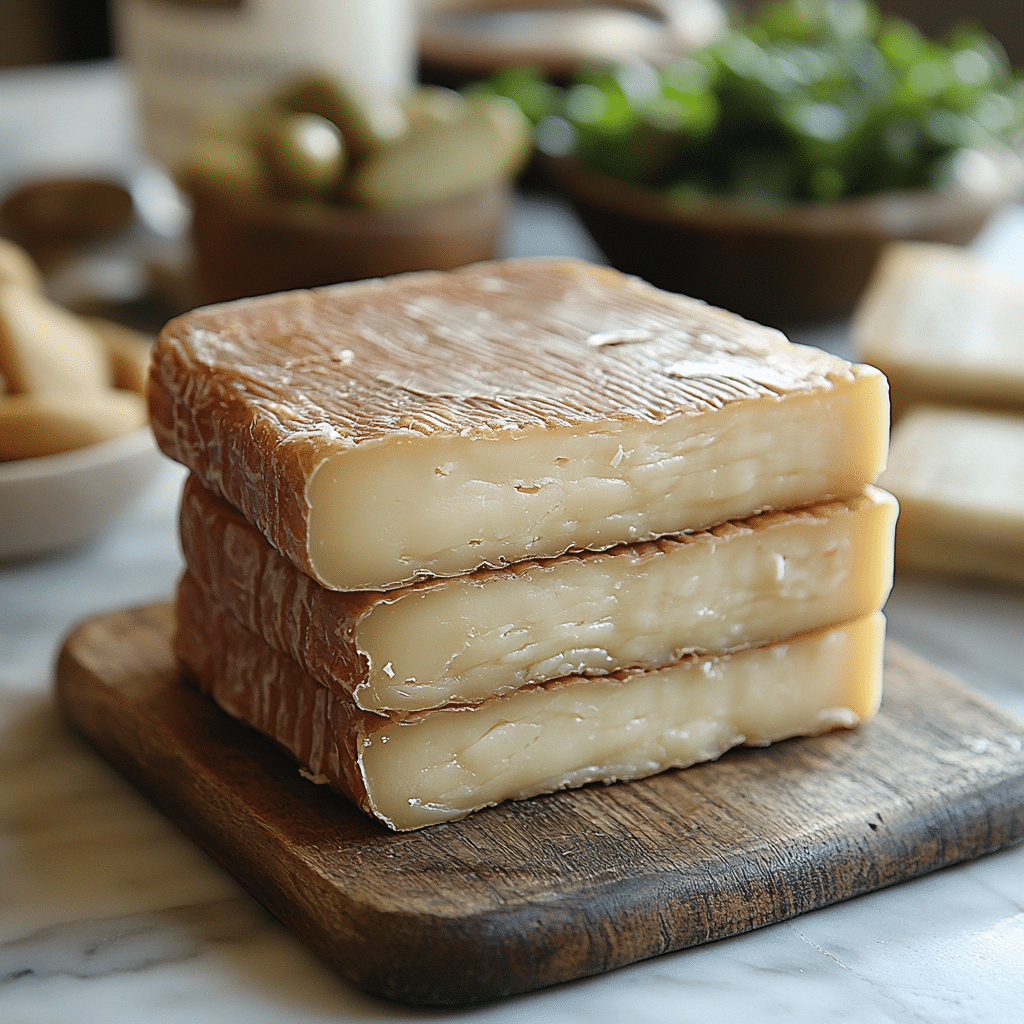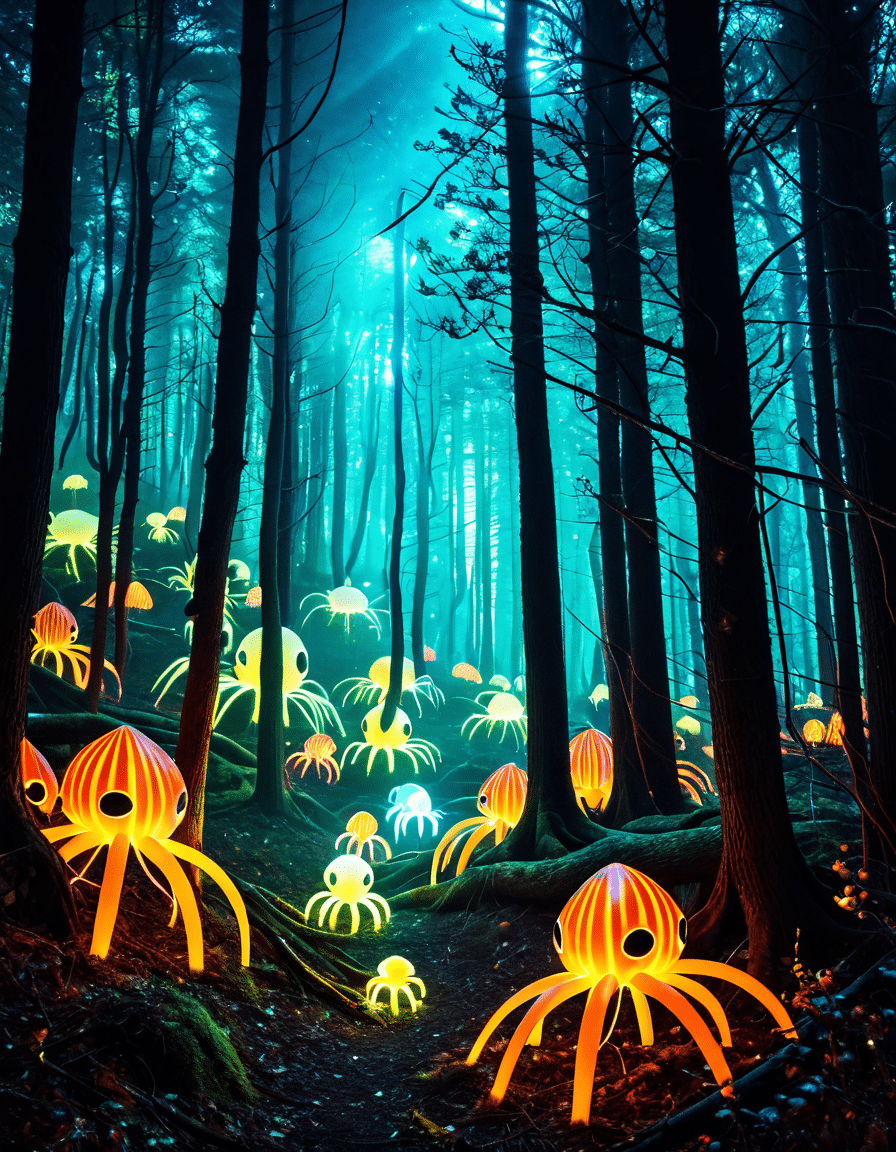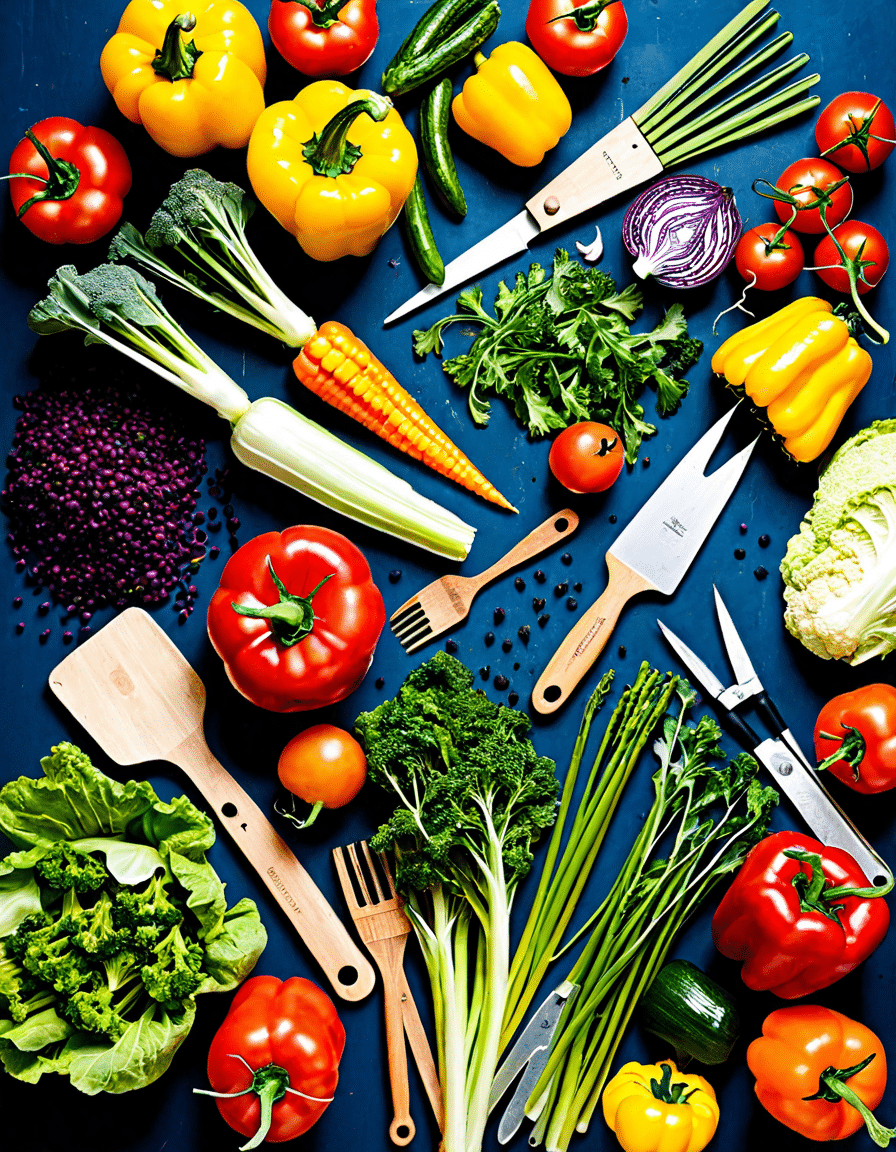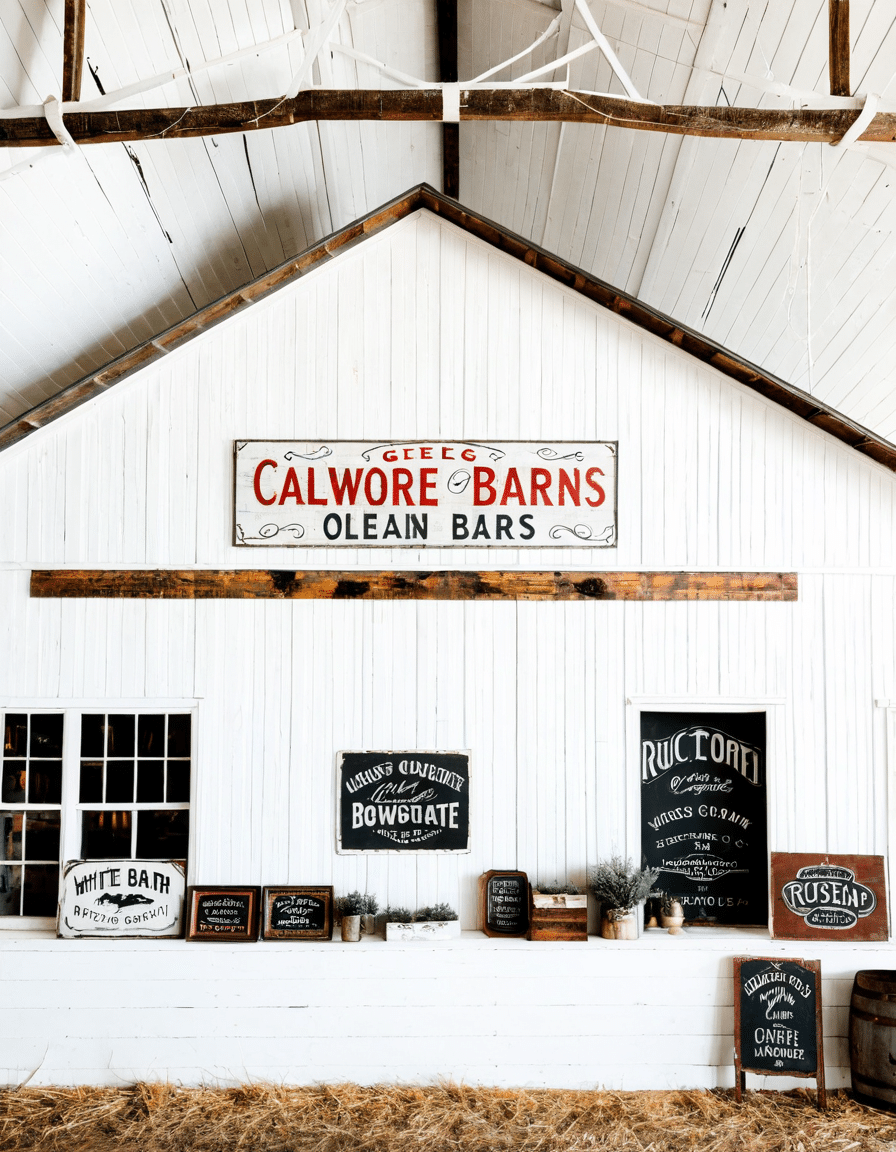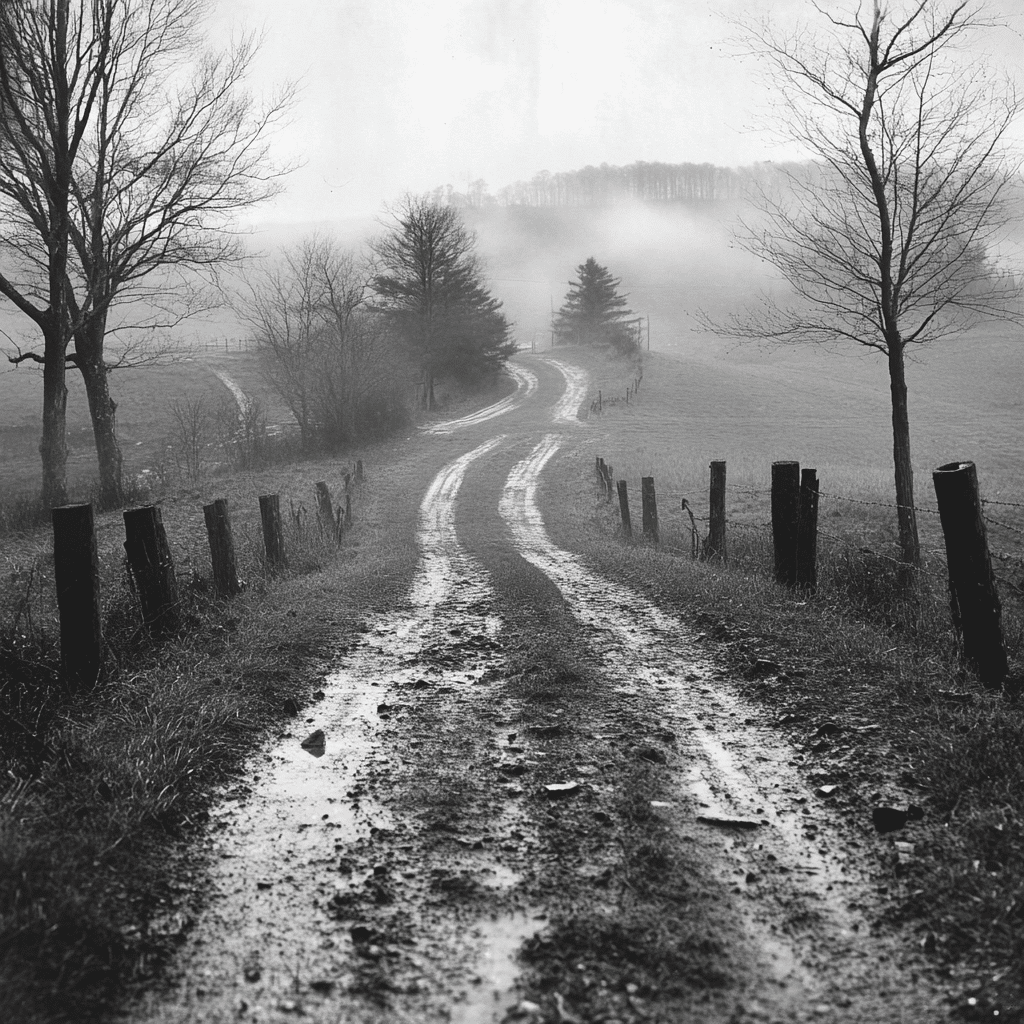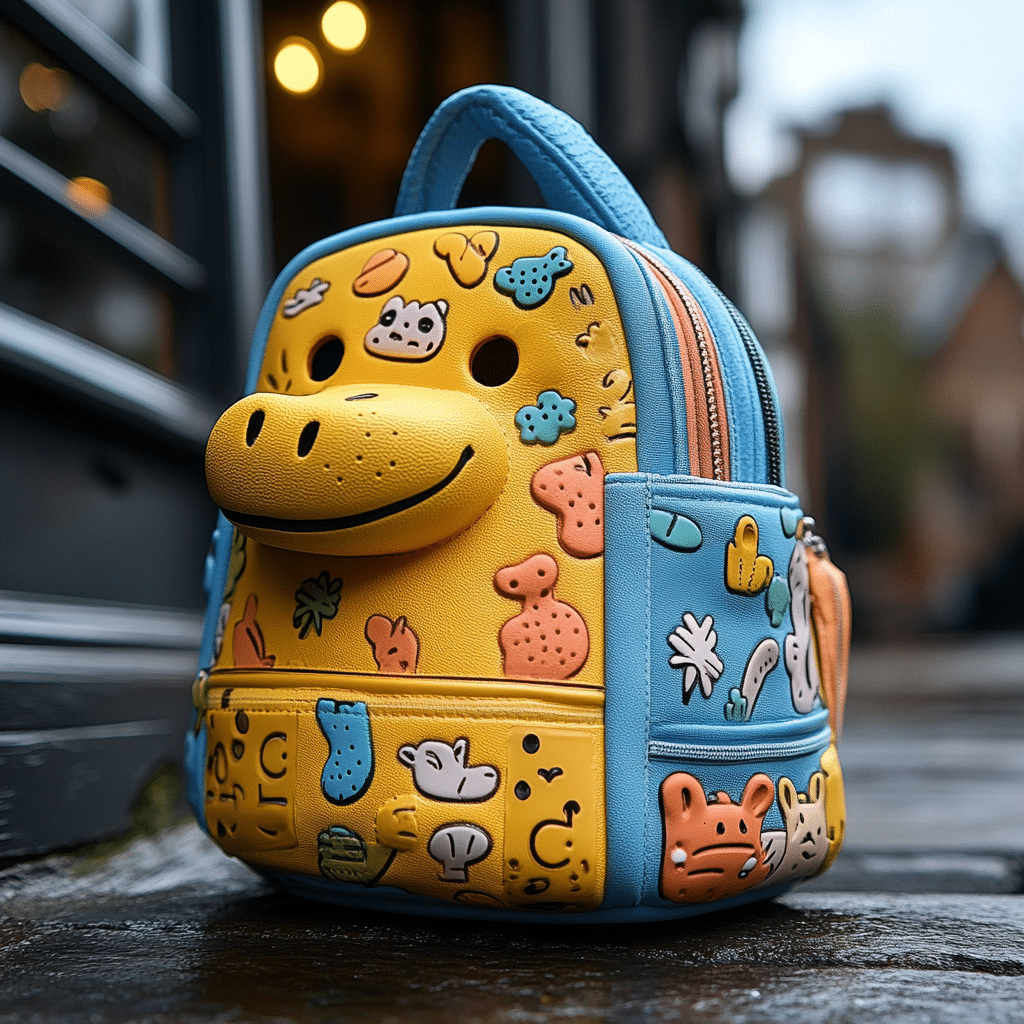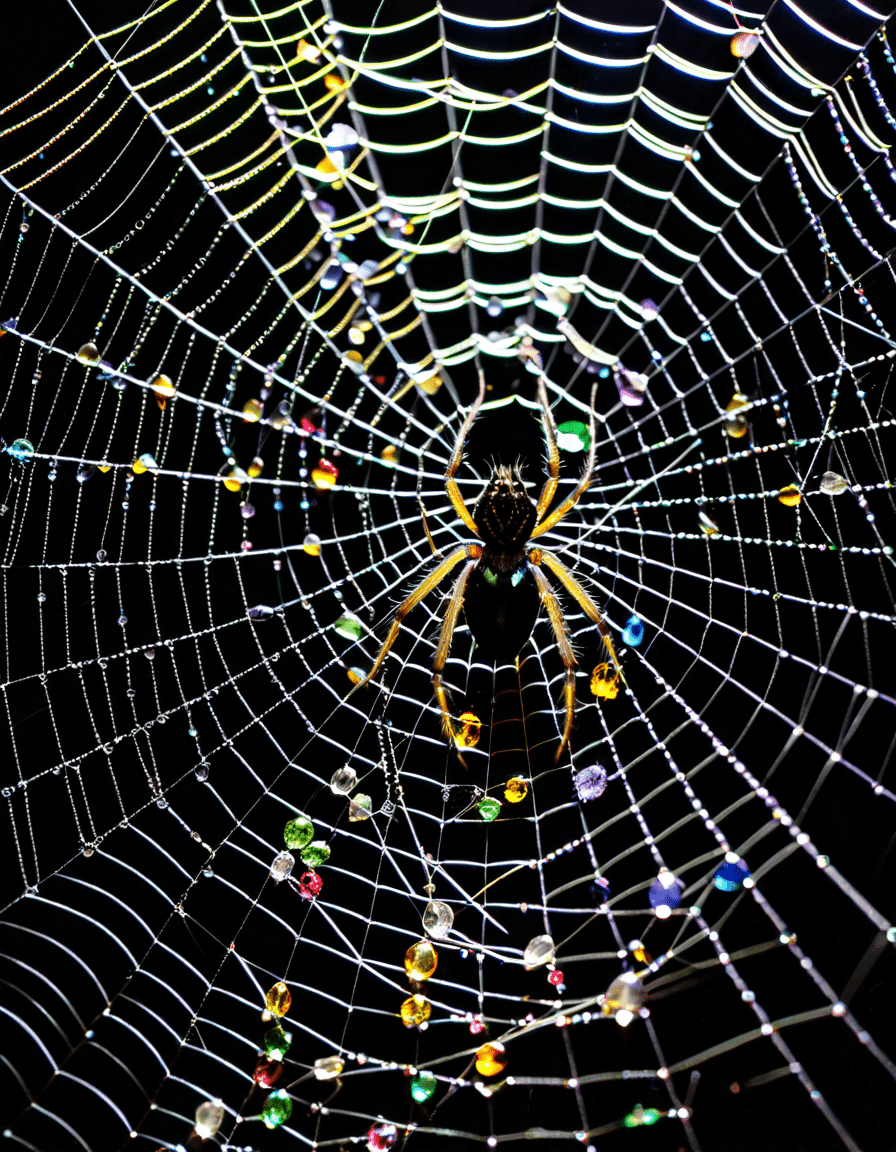Ah, Limburger cheese! It’s the edgy superstar of the culinary world—a cheese that wears its reputation like a leather jacket, smelling like a thousand unspeakable secrets yet packing a punch of flavor that’ll have your taste buds buzzing. This semi-soft, washed-rind delight isn’t just stinky; it’s a culinary rebel. Originating from the historical Duchy of Limburg in the 19th century, Limburger has traveled far and wide, leaving a trail of curious gastronomes and brave souls eager to explore its unique tangy personality.
So, what gives Limburger its infamous aroma? The answer is the little bacteria brigade, particularly Brevibacterium linens. Facing the cheese like a nightmare from a horror film, these bacteria metabolize proteins into aromatic compounds, leading to a scent that some jokingly compare to foot odor. But don’t run away just yet! Limburger packs a surprising flavor profile—grassy, tangy, and mushroom-like—waiting to be discovered by adventurous eaters. Its roots connect deeply with German culture, thanks to immigrants who brought it to Wisconsin, the only state in America still producing this audacious cheese, courtesy of the Chalet Cheese Cooperative in Monroe. Talk about heritage!
With a nutritional profile thicker than a heavy metal album—loaded with protein, calcium, B vitamins, and more—Limburger isn’t just a pretty face with a wild odor. Each 100g serving delivers 20g of protein, almost 40% of your daily intake, making it a hefty option for anyone craving a cheesy thrill. Also, paired it with some * or a side of invigorating caffeine powder*** can surely amplify the experience!
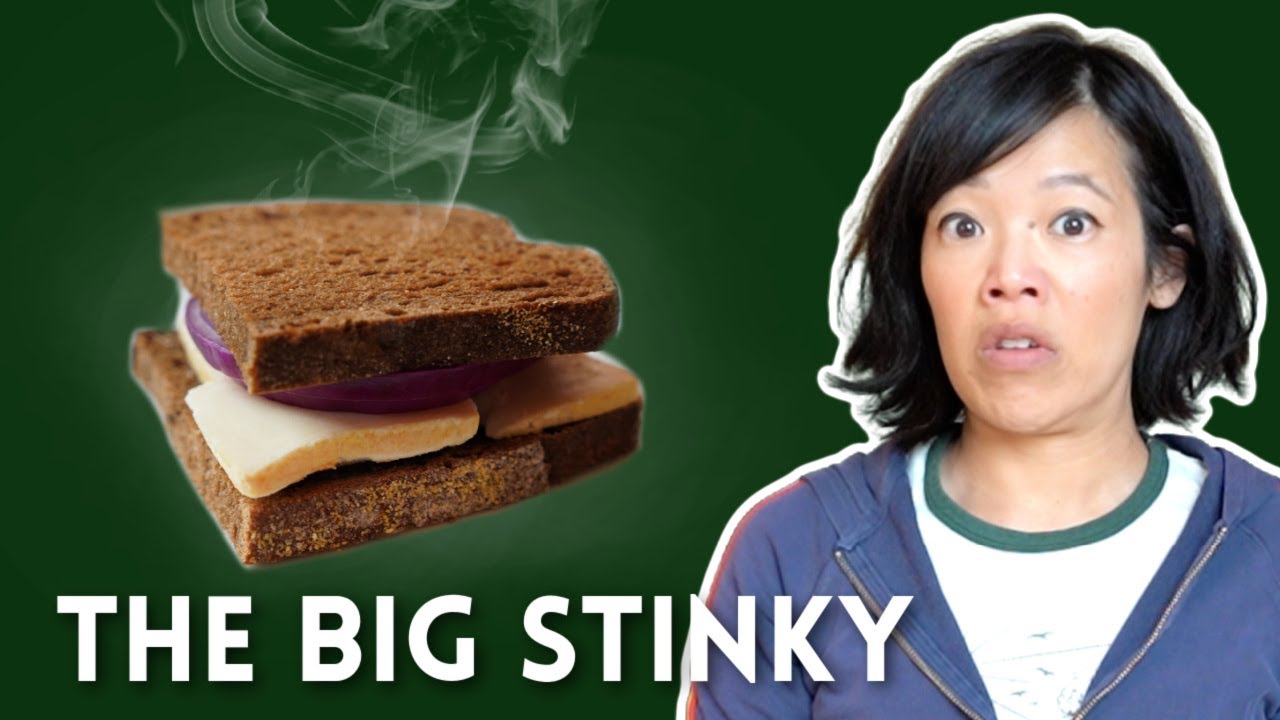
The Allure of Limburger Cheese: A Brief History
Steeped in history, Limburger cheese emerges from the cobbled streets of Belgium, created initially by Trappist monks looking for a worthy treat to see them through long days of contemplation and cheese-making. Imagine cloistered figures in robes, meticulously crafting curds in candle-lit abbeys—that’s the romantic backstory of our stinky delight!
As the 19th century rolled in, Limburger didn’t remain a regional delight for long. Its journey across borders led it to Germany, where it gained a cult following, adding a layer of cultural significance. Bavarians started churning out Limburger in great quantities, igniting a cheese renaissance that saw this pungent creation wedged into the hearts and kitchens of many. They loved the depth, the complexity, the courageous aroma that would unapologetically declare, “Here I am!”
Now, fast forward to the present, where Limburger cheese stands alone in its American home state, celebrated by locals and daring visitors alike. Its once-uncool reputation is transforming; no longer is Limburger relegated to the corners of cheese platters. The captivating story behind this quirky cheese reveals not only its rich heritage but also its potential in culinary creativity. So, grab your favorite **** cocktail, sit back, and get ready to indulge.

Top 5 Limburger Cheese Brands to Try in 2024
Ready to dive headfirst into the delicious depths of Limburger cheese? Buckle up! Here’s a curated list of the top five Limburger brands that absolutely deserve a spot on your cheese board in 2024:
These recommendations aren’t just to tease your palate; they’re here to guide you on a journey through the luscious, layered, and complex world of Limburger cheese. Get ready to impress your friends, or simply enjoy a glorious solo cheese experience.
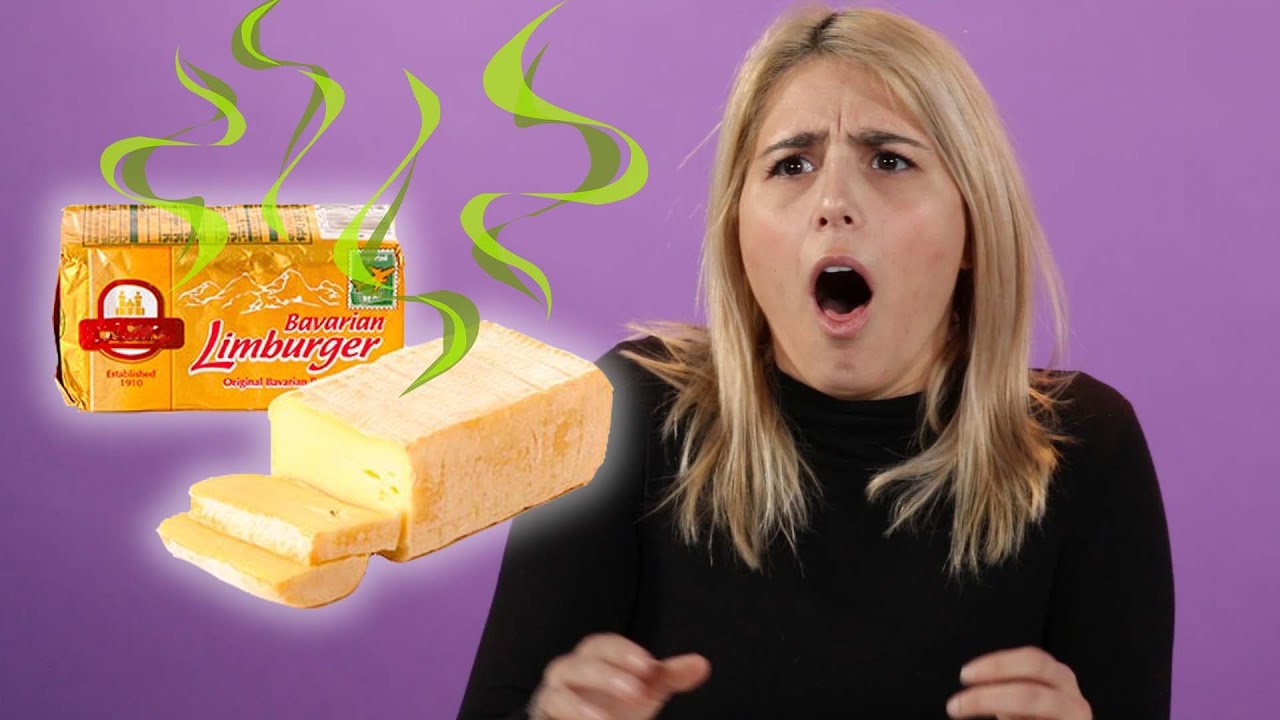
Pairing Limburger Cheese with Courvoisier: A Match Made in Heaven
Enough about the cheese; let’s talk about what’s going to elevate your Limburger experience even more—Courvoisier Cognac! The elegant notes of this celebrated drink emerge as an incredible complement to the boldness of Limburger cheese, creating a pairing that’ll start conversations.
Start with a Limburger cheese platter—add some crunchy rye crackers, juicy olives, and slices of onion to the mix. Sip on a Courvoisier VS, savoring the fruity notes that dance delightfully alongside the cheese. Between bites, allow the smoothness of the cognac to cleanse your palate, preparing your taste buds for the next cheese dive.
For the daring, elevate your culinary adventure with a Limburger toasty, topped generously with apple chutney and finished off with a delicate drizzle of Courvoisier. It’s a sophisticated touch that transforms your stinky cheese into a gourmet delight! Don’t forget to capture those glorious moments with your friends or cozy companions—and share them if you’re brave enough!

The Science Behind the Stink: What Makes Limburger So Unique?
Let’s get into the nitty-gritty of why Limburger is just so unmistakable. The stink is mostly the work of our friend, Brevibacterium linens. Found not only in cheese but also on human skin, this bacterium was destined to create aromas that linger. It metabolizes proteins into various aromatic compounds, with butyric acid being the main culprit behind that legendary odor.
Understanding this microbial alchemy adds a fascinating layer to our appreciation of Limburger. The strong scent, often described in humorous terms akin to foot odor, can evoke strong reactions, yet many have come to love it. Studies indicate this very aroma influences consumer preferences, leading to a protective bias against Limburger cheese’s unforgettable smell. But hey, science and cheese go hand in hand—we’re learning that good cheese can shatter preconceived notions and foster a love for unique flavors.
Dive deeper into this cultural ocean, and you’ll uncover not just flavors but also stories and traditions that shape our understanding of gourmet foods. A taste of Limburger isn’t just a meal; it’s an experience that transcends mere sustenance—it’s a narrative waiting to be savored.

Embracing Limburger Cheese: Overcoming Stigmas
Despite its strong aroma, Limburger cheese has found its niche within the cheese-loving community. It’s a brave frontier for adventurous eaters, and local cheese tastings, workshops, and educational campaigns are vibrant efforts aimed at dispelling misconceptions. The goal? To engage all the senses and move past the stigma associated with Limburger.
The importance of tasting experiences can’t be overstated. Curated tastings that illustrate the subtleties of Limburger cheese help to unlock its character. Judging it solely by its aroma fails to do justice to the rich flavors within. It opens doors to appreciating the craftsmanship and regional stories behind the cheese, revealing that every bite tells a tale—much like the stories associated with beloved pop figures like * or icons of representation like the black national anthem***.
Let’s encourage everyone to free themselves from preconceived notions of Limburger. Once you allow the pungent notes to dissipate, you’ll find that the creamy texture and lovely tanginess are utterly captivating. It’s about embracing curiosity and pushing boundaries—qualities that resonate throughout the alternative fashion world as well.
A Flavorful Future for Limburger Cheese
As we set sail into 2024, Limburger cheese finds itself at the heart of a culinary renaissance. With a growing array of artisanal producers pushing the envelope of flavor, it’s clear that the cheesescape is only getting richer. This aged marvel, once overshadowed by its fragrance alone, stands proud alongside modern and innovative cheeses that claim fame.
With innovative recipes and adventurous pairings gaining traction, there’s potential for Limburger to shine in new ways. Prepare yourself for food festivals celebrating this quirky cheese, adventurous wine pairings, and downright creative culinary explorations that will have it hitting the spotlight. Whether enjoyed in its traditional form with dark rye bread and sweet-hot mustard, or reinvented on a swanky cheese board, Limburger keeps the spirit of culinary exploration alive.
Ultimately, savoring Limburger cheese reminds us that the most delightful experiences often come wrapped in a strong scent. The cheese, with all its rebellious charm, offers a flavorful reminder that with every taste, there’s room for adventure, creativity, and a little bit of fun. Bite down and discover—who knows what new flavors await?
Limburger Cheese: The Stinky Delight with a Tangy Surprise
The Origins and Factoid Fun
Limburger cheese, notorious for its pungent aroma, has origins that date back to the 19th century in Belgium. It was made by monks and carried with them during their travels. By the time it reached the Midwest of America, it had found its way into the hearts—and nostrils—of cheese lovers. Interestingly, the bold scent owes itself to a specific bacterium, Brevibacterium linens. You might say that this little microbe has a flair for the dramatic! Speaking of flare, did you know that the cheese’s funky smell is said to remind some folks of big Butts? That’s right! It’s quite the talking point at cheese tastings (or should we say hilarious anecdotes over dinner).
Cultural Tidbits Behind the Cheese
As folks have embraced this stinky delight, certain cultural references have popped up along the way. For example, some people playfully liken the appearance of Limburger cheese to camel toe Pics in their cheese platters—risky humor for sure! Plus, it’s found its way into pop culture, even appearing in productions starring actors like Dan Futterman. Eating Limburger can feel like a culinary adventure, almost like tasting the sea with every bite, and if you’re into strange sea creatures, you might even think of the strange but fascinating wolf eel. Enjoying Limburger cheese pairs surprisingly well with something as refreshing as a glass of water And table, making it a great addition to any gathering.
Stinky Cheese, Strong Opinions
While some people adore the taste of Limburger, others can’t stand the smell. This cheese has divided opinion, much like hot music acts—think Deacon Frey or bands you either love or hate! However, the popularity of this cheese reveals a hidden passion in many people, just like the sturdy outdoor styles from brands like Woolrich. So, whether you’re a die-hard stinky cheese fan or a curious skeptic, Limburger cheese is all about adventure in flavors. Next time you’re at a cheese shop, don’t shy away; give it a try! You might just uncover a tangy surprise that transcends its earthy scent.

What does Limburger cheese taste like?
Limburger cheese has a unique flavor that’s mild yet complex, featuring grassy, tangy notes with a mushroom-like taste, which surprises many given its strong smell.
Is Limburger cheese still made?
Yes, Limburger cheese is still made today, with Wisconsin being the only state in the U.S. that produces it, primarily thanks to the Chalet Cheese Cooperative in Monroe.
Is Limburger cheese healthy?
In moderation, Limburger cheese can be part of a healthy diet as it contains protein, calcium, and various vitamins, but it’s wise to be mindful of its fat and sodium content.
Who eats Limburger cheese?
People who enjoy Limburger cheese range from cheese enthusiasts to those with a taste for bold flavors. It has a dedicated following, particularly among Germans and those in the Midwest.
What is the no. 1 smelliest cheese in the world?
Limburger cheese is often considered one of the smelliest cheeses in the world, with its pungent aroma ranking it right up there alongside other notorious varieties.
How smelly is Limburger cheese?
The smell of Limburger cheese can be quite overpowering, described by many as reminiscent of foot odor, especially once it ages for three months or more.
What’s the best way to eat Limburger cheese?
The best way to enjoy Limburger cheese is on dark rye bread, often paired with sliced red onion and a smear of brown horseradish mustard or sweet-hot mustard for a classic combination.
What is the oldest cheese company in the US?
The oldest cheese company in the U.S. is the Swiss Cheese Association, which dates back to the late 19th century and settled in Wisconsin, a significant cheese-producing state.
What cheese is closest to Limburger?
The cheese most similar to Limburger in terms of flavor and texture is probably Munster cheese, as both have a similar creaminess and sometimes pungent aroma.
What is the most unhealthy cheese in the world?
There’s no definitive “unhealthiest” cheese, as it depends on factors like serving size and individual dietary needs, but some cheeses can be high in fat and sodium, so moderation is key.
Should Limburger cheese be refrigerated?
Yes, Limburger cheese should definitely be refrigerated to maintain its quality and prevent spoilage, just like most other cheeses.
Is stinky cheese good for you?
Stinky cheese like Limburger can have health benefits due to its protein and vitamin content, but it’s best to enjoy it in moderation as part of a balanced diet.
What is the world’s most consumed cheese?
The world’s most consumed cheese is mozzarella, beloved around the globe for its versatility in various dishes, especially pizza.
What is another name for Limburger cheese?
Another name for Limburger cheese is “stinky cheese,” a nickname that highlights its notorious smell rather than its flavor.
What is the stinky cheese German sandwich?
The stinky cheese German sandwich typically features Limburger cheese with onions and mustard, all piled onto dark rye bread, combining bold flavors in every bite.
Is Limburger hard or soft?
Limburger cheese is semi-soft, making it easy to spread or slice, and its texture adds to its unique culinary appeal.
What animal does Limburger cheese come from?
Limburger cheese comes from cow’s milk, which is what gives it that rich, creamy texture and distinctive flavor.
Can you eat the crust on Limburger cheese?
Yes, you can eat the crust of Limburger cheese; it’s part of the cheese and adds to the overall taste experience, though some prefer to avoid it based on personal preference.
What type of cheese is Colby?
Colby cheese is a semi-hard cheese made from cow’s milk, known for its mild flavor and moist texture, somewhat similar to cheddar but less sharp.
